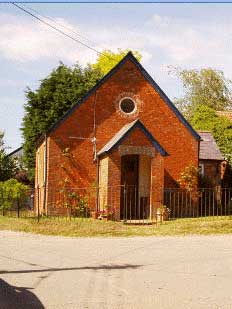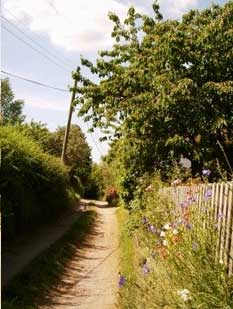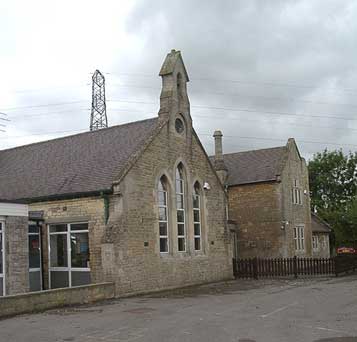Sandridge
 |
 |
|
Former Chapel |
Sandridge Lane |

Forest & Sandridge School
Brief History of Sandridge
Of the areas within the forest Woodrow is first mentioned in 1252 as being owned by Elias de Rabayn, later the keeper of Devizes Castle and Chippenham and Melksham Forests. It later became a manor owned by the Crown and a succession of other owners and is last mentioned in 1683. The manor of Woolmore possibly originates in a holding of Amesbury Abbey in 1286 although it is not mentioned as a manor until 1502. It passed to Henry Brounckner after the dissolution in 1541 and later passed to the Hulberts and the Awdreys. Woolmore House at Bowerhill on the Melksham to Devizes Road was built by George Hulbert in 1631. It is believed to have been built to a plan of Inigo Jones. By the 20th century it had become a farmhouse and in 2003 is an organic dairy farm. The present Sandridge Park had been built by Henry Lopes by 1862, replacing a house of Lord Audley, but there seem to have been no major early holdings of land in this area.
Settlement in this former forest area comprises farms that were created after or, in a few cases, before the area was disafforested in the early 17th century. Rhotteridge Farm seems to have been in existence in the early 13th century and for much of the time lay just outside the forest. Other farmhouses are Queenfield (late 17th century), Tanhouse (early 17th century), Blackmore (late 18th century farmhouse), Woodrow (early 18th century farmhouse) and Forest (early 18th century farmhouse). This is a typical settlement pattern of farms with nearby labourers’ cottages in an area that had been a royal forest. Even in the 20th century there was only limited house-building at Woodrow and Sandridge.
There is a small settlement on Sandridge Hill that overlooks Sandridge Park. This house was built by Henry Lopes before 1862, replacing Sandridge Hill House which was then owned by Lord Audley.


